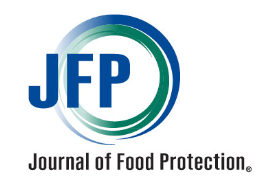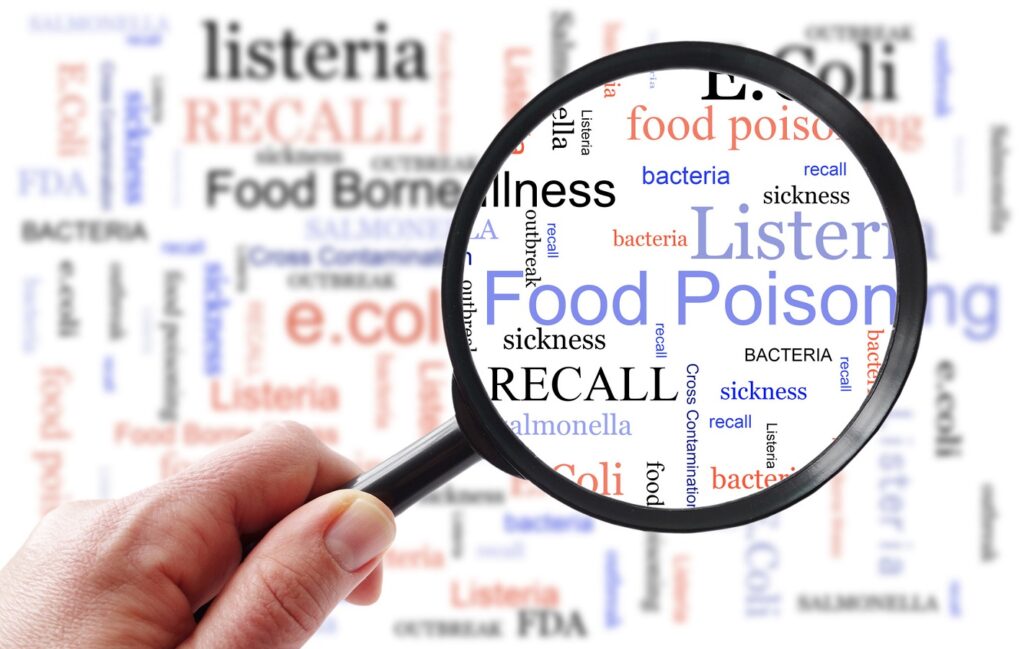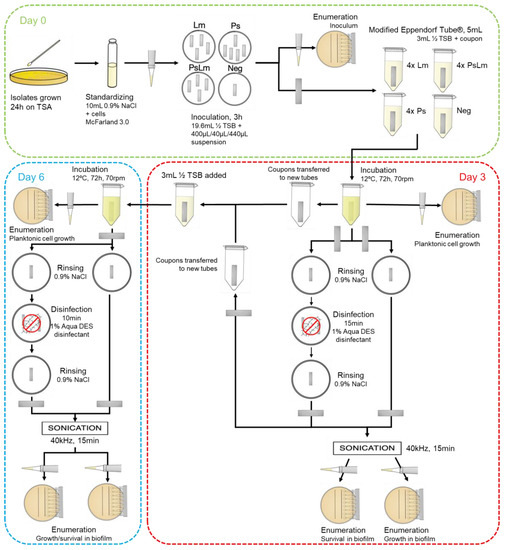An article in J. Food Protection (“Persistence of Salmonella enterica subsp. enterica ser. Javiana, Listeria monocytogenes, and Listeria innocua in Hydroponic Nutrient Solution” Dhulappanavar et.al. Vol 86, 10, October 2023) investigated the persistence of Salmonella Javiana, Listeria monocytogenes, and Listeria innocua in nonsterile, hydroponic nutrient solution (NS) at 15, 25, 30, and 37°C over 21 days to mimic time from seedling to mature lettuce. A mixed model was used to determine the effect of bacteria type, time (day), and temperature on bacteria concentration (log CFU/mL). Statistical analysis indicated that a 3-way interaction effect between temperature, time, and bacteria type significantly impacted bacterial persistence in NS (P < 0.0001). At all temperatures, S. Javiana persisted in NS throughout the 21-day study period. L. innocua and L. monocytogenes were persistent for only 1 and 14 days. Decimal reduction values (D-values) of S. Javiana indicated longer persistence in NS than L. innocua and L. monocytogenes at most temperatures. Data indicate that the temperature of NS has a differential effect on the persistence of S. Javiana and Listeria spp. This study furthers understanding of potential food safety risks associated with hydroponic systems. It will contribute to further refinement of further studies to aid in developing operation-specific risk profiles. @ https://www.sciencedirect.com/science/article/pii/S0362028X23068382




